California Drought Signals Fundamental Shift to New Water Conditions
Climate change models have long predicted a drying West. In California, the future has arrived.
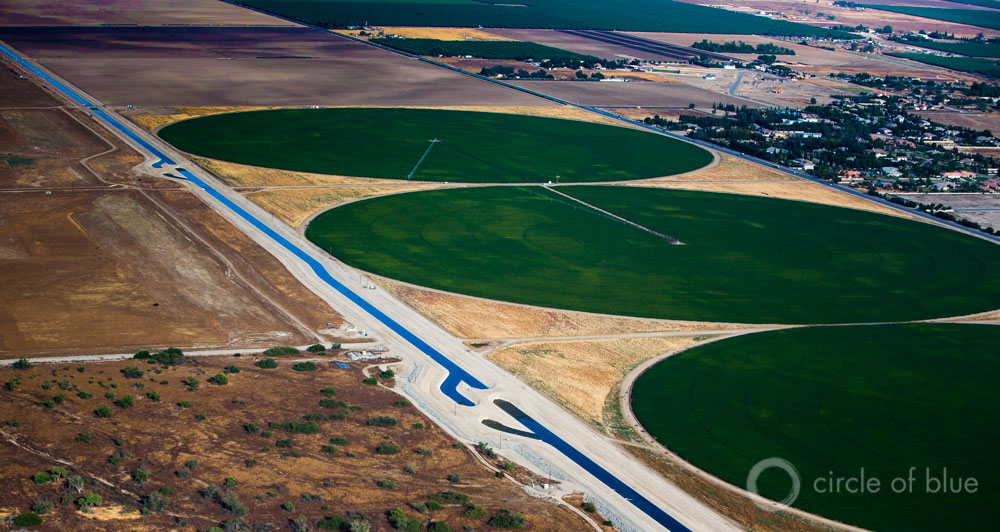
By Codi Kozacek
Circle of Blue
Dismal snowpack, dry wells, and cracked riverbeds form what could be a regular picture of California’s water reality in the 21st century, according to state water experts who spoke Tuesday at a virtual town hall, hosted by Circle of Blue and Maestro Conference. In a departure from the skepticism that grips much of the rest of the United States, the nation’s most populous state is not debating the veracity of climate change and its consequences. Instead, California is leveraging a potent combination of political will and public support to adapt to the new conditions.
California is enduring the fourth year of a severe and historic drought. Water reserves in major reservoirs lie at record low levels, and some rural communities have run out of water completely. But the state’s leaders—learning from places like Australia—acknowledged the urgency of the situation and realized that droughts of this scale are likely more often in the future.
–Kevin Klowden, managing director
California Center, Milken Institute
“California has gone through numerous droughts in the past, and even in some of the more severe ones, like in the 1970s, there have been attitude changes that last as long as the drought. But generally things have reverted back to normal afterward,” said Kevin Klowden, managing director of the Milken Institute’s California Center in Santa Monica, at the Catalyst: California town hall. “What you’re seeing now is a profound change in which the communities are fundamentally realizing — on the state and the urban level — that water is not just going to be free and widely available.”
California’s response to the drought unfolded in three stages, according to Felicia Marcus, chair of California’s State Water Resources Control Board, who was a presenter in the town hall. First, she said, was to address water conservation by calling for voluntary water-use reductions. When that failed to achieve results, the state enacted mandatory water restrictions for urban water agencies. The state then focused on accelerating water-recycling projects by providing low-cost financing. Finally, managers have turned their attention to reforming the state’s water-rights system, which is currently based on the 19th-century principle of “first-in-time, first-in-right,” meaning those with the oldest water rights take precedence.
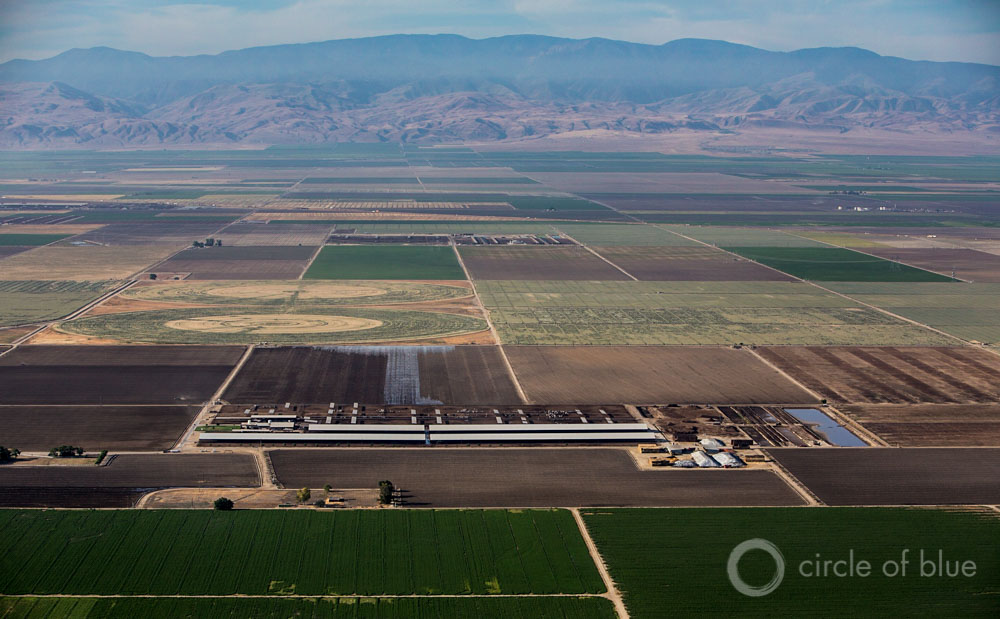
“The goals that have guided our response since the beginning of the drought declaration, which was an early drought declaration, were to act earlier than hope might suggest,” Marcus said to the 130 people from around the world who participated in the town hall. “We learned from the Australians that hope is definitely not a strategy, as they kept thinking they were in a three-year drought cycle for about six years, then they hit their three worst years yet and had to throw billions of dollars at everything all at once, including a whole fleet of [desalination] facilities that are sitting shuttered, have never been operated, and [that] they’re still paying for. Our goals were to listen to the Australians and do the cheaper thing first — and above all, to prepare for the worst, though you hope for the best.
–Felicia Marcus, chair
State Water Resources Control Board
“And finally, to try to find a way to accelerate those actions that we know we have to do anyway in the face of climate change, where all the predictions say we’re going to lose our snowpack as the temperature rises and more precipitation falls as rain rather than snow. We know we’re going to have more people. We also know that food security is going to be an increasing issue around the globe and around the nation, and California is one of the only places with a Mediterranean climate that can reliably grow the level of fruits and vegetables that we can grow.”
Nonetheless, California still faces substantial challenges. Chief among them is the protection of its forested watersheds, which have been ravaged by fires and years of mismanagement, according to Nadine Bailey, chief operations officer of the Maxwell-based Family Water Alliance. Fires are currently burning across northern California, making watersheds vulnerable to erosion — especially if an El Nino weather pattern brings heavy rainstorms, as was widely publicized yesterday in news channels around the country and the world.
–Nadine Bailey, chief operations officer
Family Water Alliance
“That wood that’s burning is our watershed. It’s the place that holds our water during summer and in the winter,” Bailey said at the town hall. “We really need to think about forest management as we talk about water. We need to stop drawing circles around things in an old paradigm to save them and look at an integrative environmental policy that takes people into account and looks down the road 50 to 100 years with our environmental policy to fix some of the mistakes that we’ve made in the last 20 years.”
Another persistent challenge is improving the tools to manage and trade water rights, as well as how to price water in a way that reflects its true costs while maintaining affordability for the most vulnerable communities, according to Robert Wilkinson, the director of the Water Policy Program at the University of California, Santa Barbara.
“There are definite questions about social equity and how to provide basic amounts of water at a low cost,” he said.
The second Catalyst: California town hall will be held August 18 at 1:00 p.m. EDT (10:00 a.m PDT). Discussions will explore how California is reshaping policy to adapt to drought conditions, as well as the implications of an El Nino. For more information about the event and to register, click here.
A news correspondent for Circle of Blue based out of Hawaii. She writes The Stream, Circle of Blue’s daily digest of international water news trends. Her interests include food security, ecology and the Great Lakes.
Contact Codi Kozacek


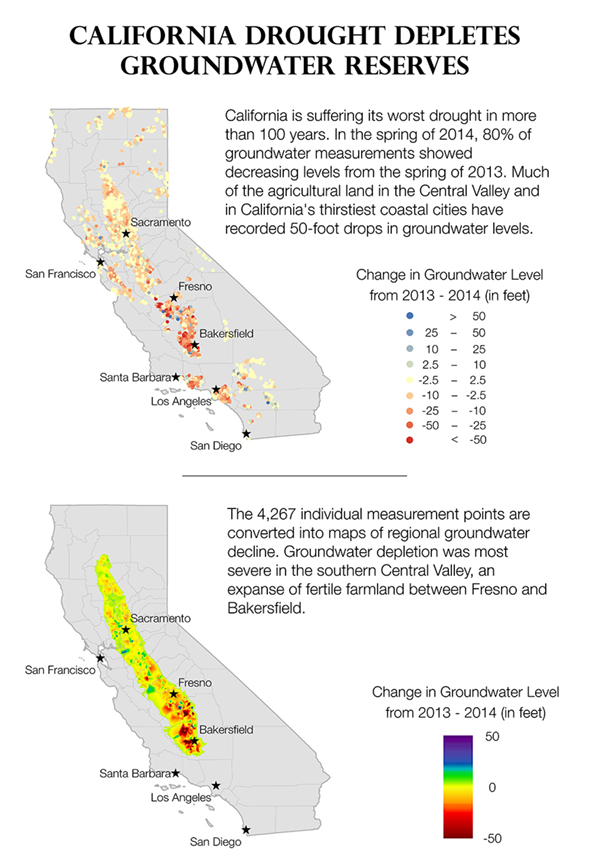
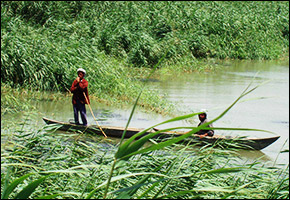
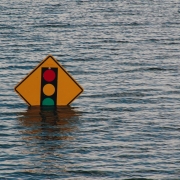


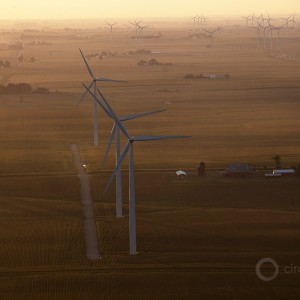

The situation in California may be compared with the situation in Kolar district, India in southern peninsula. Here the probability of initial and premature failure of wells is around 0.7. Thus, a farmer possess at least 3 borewells to obtain one yielding borewell. The depth to borewell is at least 1500 feet. Drip irrigation is common since the cost of groundwater is skyrocketing. Yet farmers or the State seldom think of direct recharging borewells. Perhaps California too may not have thought of recharging borewells. A geologist by name Devaraja Reddy phone number +919448125498 from Chitradurga district, has demonstrated the success of borewell recharge. However the takers are still not emerging to the required scale. Hope all farmers with borewells in the world realize that it is their fundamental duty to recharge the borewell and not just pump indiscriminately the precious groundwater resource. God bless them all.
Water recycling, it’s a great solution people! I want to see California adopt mandates for water recycling systems or at least provide bigger and better rebates for installing a greywater system in the house… I also hope California can update its plumbing codes to make it easier to install a grey water recycling system. I’m definitely jumping on this grey water craze, I mean who wouldn’t? You save water, you save the environment and (best of all) you save money.
I’m looking into buying a new house with the greywater system already put in rather than a laundry to landscape
Something along the lines of this company:
http://greywaterrecyclingsystems.com
It’s a lot more affordable than the other greywater systems out there… Also I like how the maintenance is simple so even a newbie like me can diagnose and fix a problem.
Anyone else have any experience with another greywater system out there?